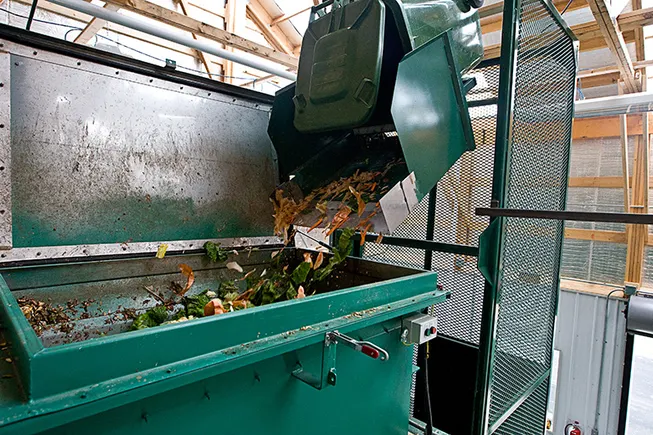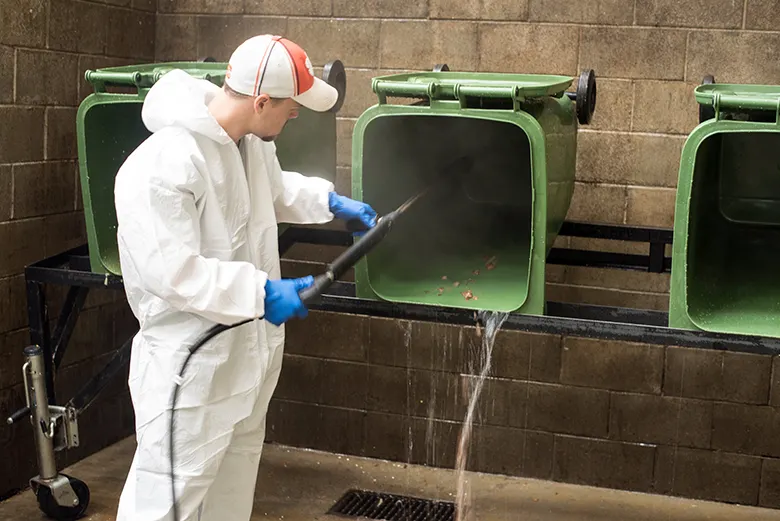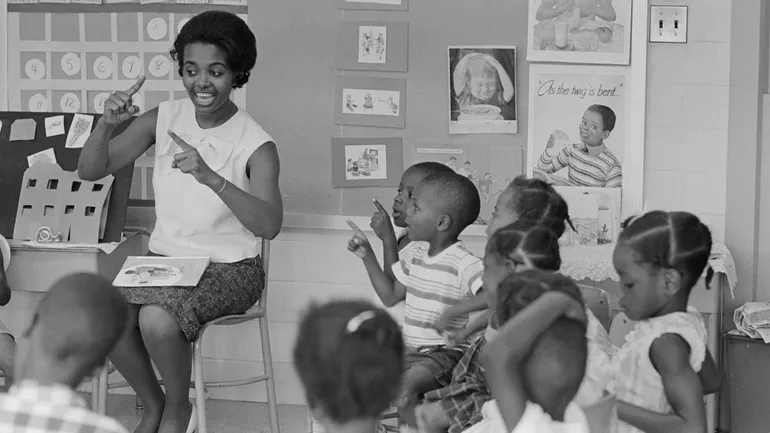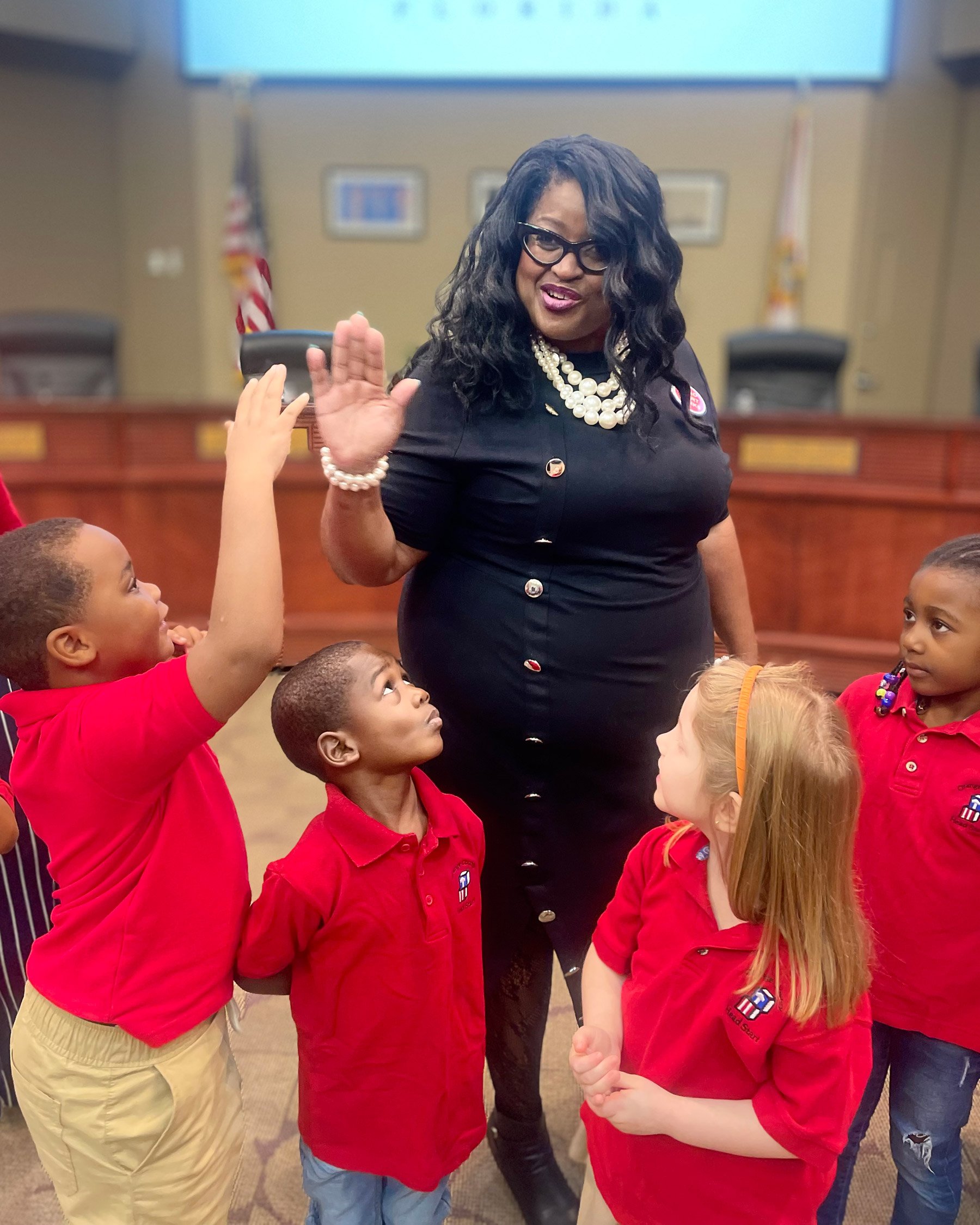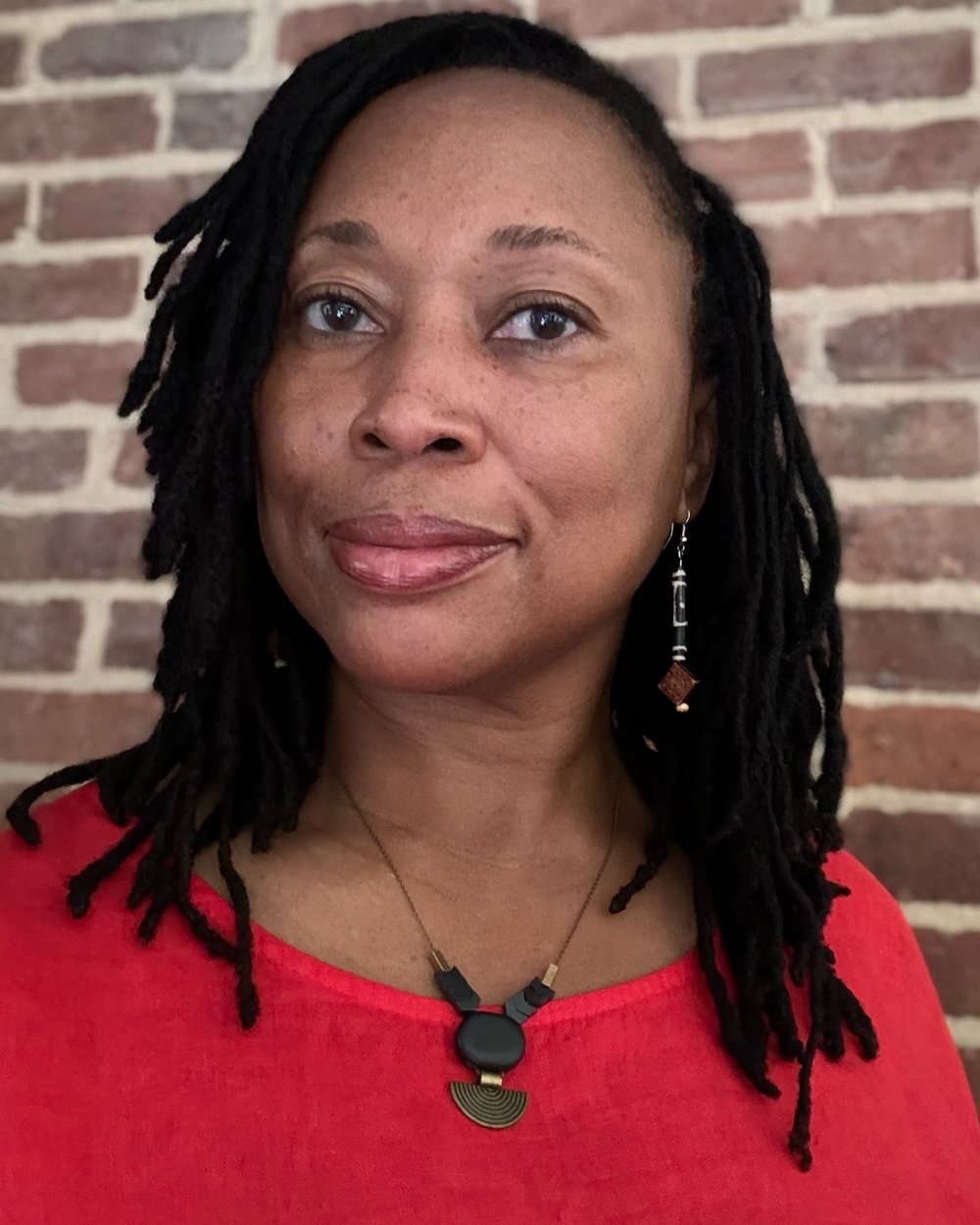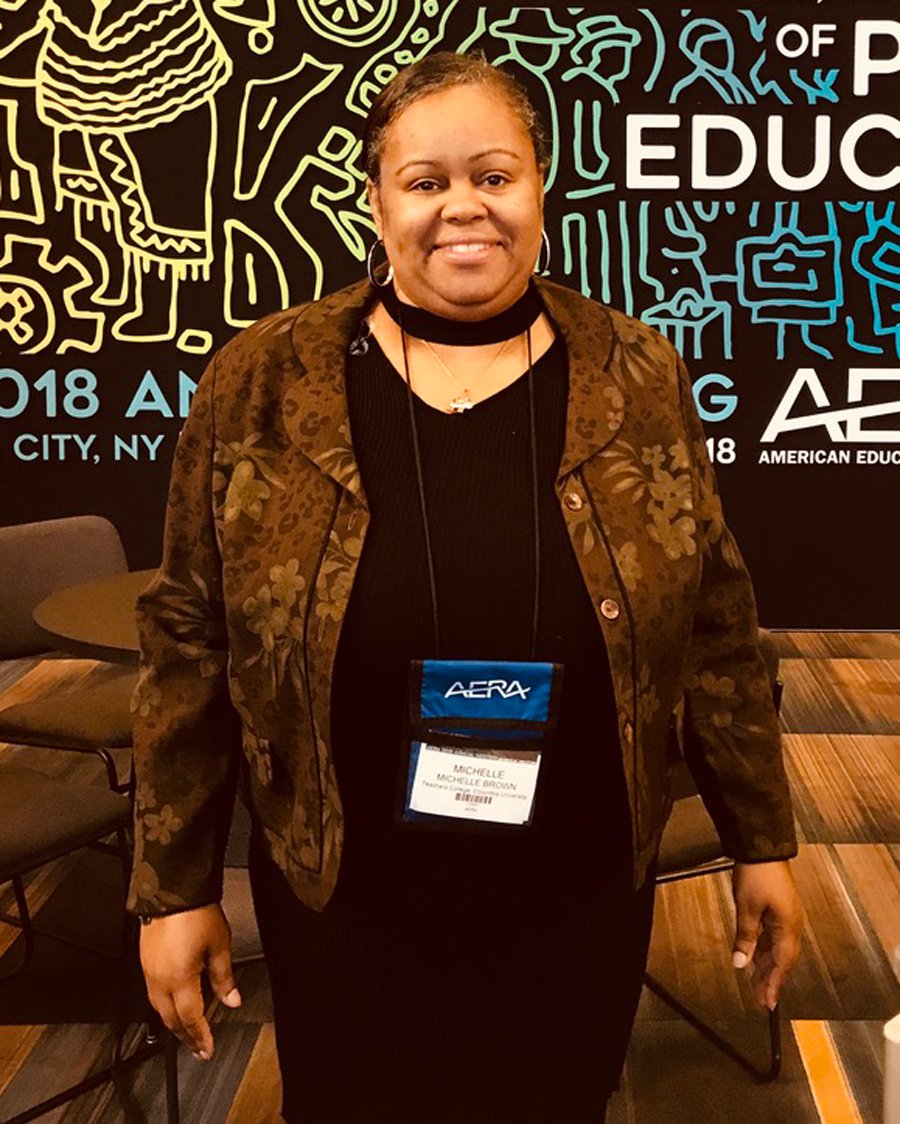Lessons In Leadership is an ongoing series in which K-12 principals and superintendents share their best practices as well as challenges overcome. For more installments, click here.
Umatilla School District — a 1,500-student school system in eastern Oregon with a 72% Latino student population, 54% English learners and a 45% student poverty rate — is setting the standard for effective, streamlined data management.
As an educator in the district since 2000 and superintendent since 2007, Superintendent Heidi Sipe has seen Umatilla’s data systems evolve from pivot tables and spreadsheets to a mix of digital platforms tracking myriad data points for each student.
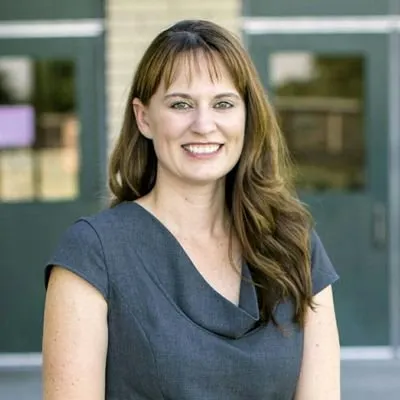
Heidi Sipe
Permission granted by Heidi Sipe
Part of the key, she says, is ensuring that there’s a common platform that consolidates student data points from other tools being used. This allows educators to look for trends and actionable data so they can identify students who may be at risk or need intervention plans, Sipe said.
“We can check the efficacy of those supports and see if we need to make an adjustment or if we need to keep that going for that student to ensure their success,” Sipe told K-12 Dive.
We recently caught up with Sipe to learn more about how the district uses that data to organize interventions, manages data anxiety, and helps parents understand the numbers.
Editor’s Note: The following interview has been edited for brevity and clarity.
K-12 DIVE: For many people, the idea of using data and processing data can be kind of daunting. When you’re introducing any sort of data tool to educators or school leaders or even parents, how do you get them comfortable with the idea of working with that data if they have any sort of anxiety about it or are overwhelmed?
HEDI SIPE: I think part of the overwhelm is it’s kind of “Data, data everywhere, and not a drop to use.”
The data points we’re using every month in our data team meetings are attendance — we track historical and last 30 days — and we also track disciplinary incidents, whether it be referrals or in-school suspension, out-of-school suspension, detentions.
We also track grades in students’ core classes, as well as overall GPA and course pass rate. And then we track our MAP data in English reading, Spanish reading, mathematics, and English language usage. We track DIBELS at the elementary level — K-3 — for progress monitoring of students in their literacy development. We use a dyslexia screener through DIBELS, and then we also have some of our intervention programs that again are supplying more data.
So when we have all of those various pieces at play, it can be really hard for a teacher to go platform to platform to platform to check the status of a student. But when all of that’s consolidated into one place, it goes from a situation of overwhelm to a quick snapshot based off of all those various pieces, which helps us make better-informed decisions for students.
Let’s say you’re the classroom educator or the school principal, and you see in your data tools that a student is chronically absent or disengaged or their test scores are slipping, what are the first steps that you then take to put that data into action and figure out how to help that student?
SIPE: We have a color-coded intervention list. So, anything that’s green, a teacher team can assign a student without any admin approval. If they’ve tried at least a few green interventions and they have monitored those for at least a couple of months, then they can move up and assign an orange level intervention, again without any admin approval.
If that’s not working, they can assign a red intervention, and that would require admin approval. And then we also have various interventions where the admin can add it, and those are gray in our category. That’s things like an attendance letter to parents, a home visit an admin has done, etc., so the staff knows, “OK, here’s what the admin’s already doing for the student.”
There may be nursing services and things like that which are happening, and they can also refer students for those types of things. If they notice a student is, perhaps, chronically absent, but it’s a student who keeps having ear infections or earaches, we have a partnership with a local doctor. If the parents are participating in that partnership, we can actually run the student to the doctor during school hours, with the parents’ permission, and make sure the kids are getting to those appointments and that we’re able to work with parents as partners in supporting that student and getting the medical attention they need so they can stay in school.
Those types of partnerships happen because we can see that data. Those types of partnerships happen because families and teachers know these are the interventions available, and they can either request them from us or we can assign them. That’s really a helpful tool.
It’s also really empowering to staff to be able to make those decisions. They’re working with the kids every day. They know what’s up.
When staff — whether it’s school and district leaders or the classroom educators — are working with parents to help them make sense of their children’s data, what are some of the most effective ways they can help them do that?
SIPE: So, my children are grown now. However, when they were younger, whatever they were experiencing seemed normal to me at the time, and wherever they were at seemed normal to me, because I wasn’t in any way comparing them to another child.
But it’s another thing to realize, “Oh, goodness. My child’s really behind in this,” because they can see that comparative data.
That helped me get more onboard when one of my children needed some interventions. And then it was very helpful for me to see those interventions work and see that child really take off as a really strong reader after those interventions. The teachers were able to show me, “Hang on, this is different than peers,” and then, “Here’s what we’re going to do about it.”
That really helped me build trust in the teachers who were supporting my child.
You mentioned your district is primarily immigrant students. When it comes to working with data and helping parents make use of that data, are there particular steps you’ve found useful for communicating data to parents whose home language might not be English?
SIPE: Graphs and charts are universal. It’s really helpful to show a family the picture of the growth trajectory, to show them the growth line of other students in that grade level in that school versus the national average versus their own student.
It’s really helpful to drive home the point of “Look how much they’ve grown” or “Wait a minute. We have real concerns.” It just really backs up what the translators are explaining to parents in those meetings. Especially when we can see those positive growth trajectories, that’s just really comforting to parents to see that their child is on track.
And even if they’re not where they need to be for achievement yet, if they’re growing at or above their peers, we know they’re going to hit that growth trajectory or that growth target, and they’re on the right trajectory. That’s good for parents to hear.





